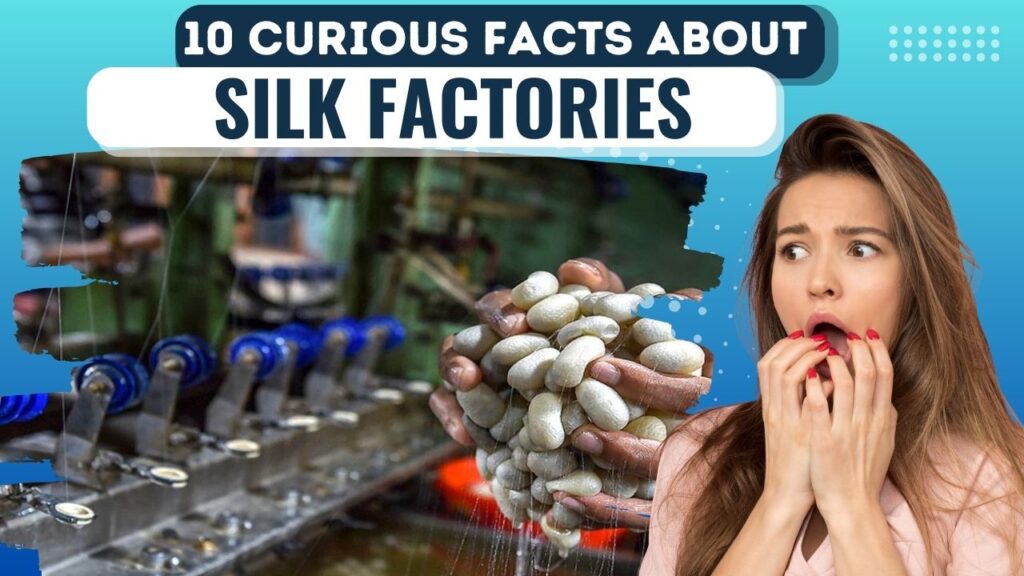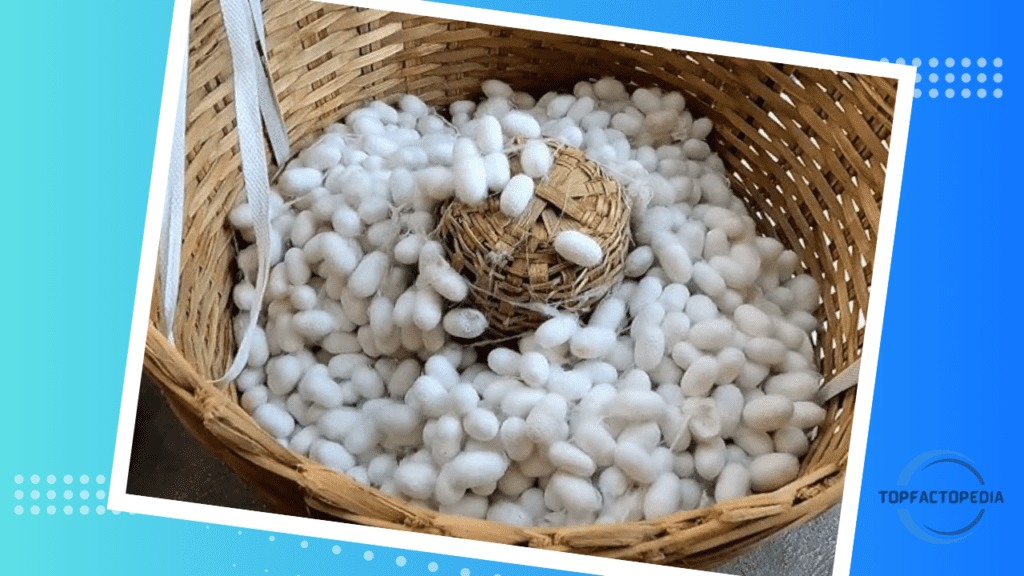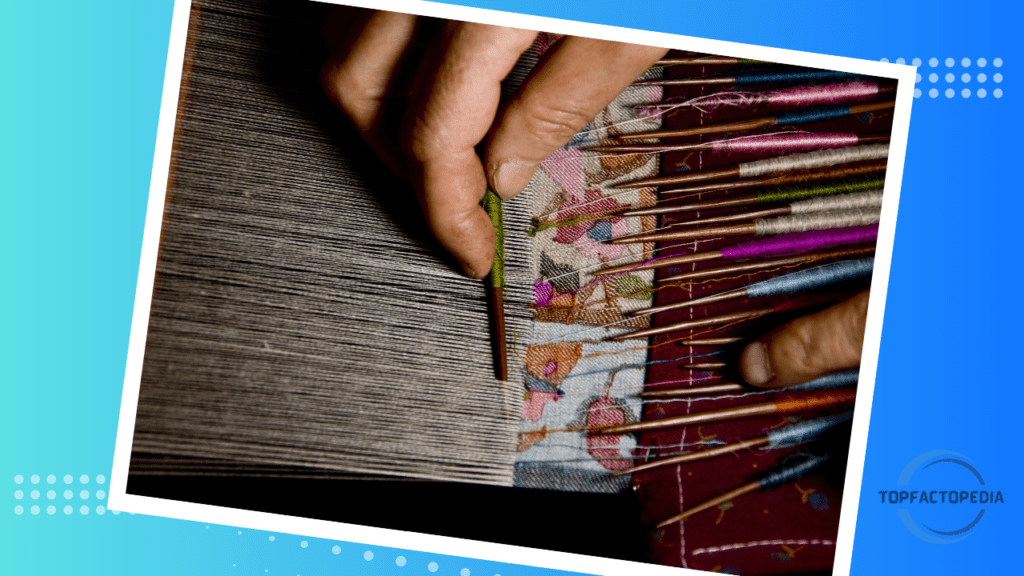
Discover fascinating insights about silk factories and the intricate world of silk craft. Delve into 10 intriguing facts that unveil the secrets behind the creation of this luxurious fabric.
Introduction:
Silk, which is often thought of as elegant and expensive, has a long history and a fascinating way of being made. In this article, we’ll tell you 10 interesting things about silk factories and the art of making silk. From its ancient beginnings to how it is made today, we’ll look at silk’s journey from cocoon to fabric. So, let’s explore the world of silk and find out what makes it so special and valuable.
Facts About Silk Factories
1. The Sericulture Tradition: An Ancient Craft
The art of making silk has been around for a very long time. Silk farming, also called sericulture, began in China around 2700 BCE. For this old skill, you have to raise silkworms and carefully pick their cocoons to get the fine silk fibres.
You may also like: 10 Most Secure Places in the World: Exploring Guarded Places Beyond Borders
2. Silk’s Royal Connection
Silk was once thought to be a sign of royalty and power. In many ancient cultures, only emperors, kings, and queens were allowed to wear silk. Silk was very popular because it was hard to get. This made it even more desirable.
3. The Miracle of Metamorphosis: Silkworms to Moths
The change from silkworm to silk is very interesting to watch. Silkworms use a special protein made in their salivary glands to spin their cocoons. During this time, they change into moths by going through a change inside the cocoon. But cocoons are usually taken apart before the moth comes out to get long silk fibres.
4. Delicate Harvesting Process

To get silk, you have to be very careful and precise. Workers boil the cocoons carefully to soften the sericin, which is a natural glue that holds the silk threads together. When the silk threads are soft enough, they are taken out of the cocoon. To make just one pound of silk, it takes between 2,000 and 3,000 cocoons.
5. Natural and Sustainable Fiber
Silk is a natural fibre that breaks down over time. This makes it a good choice for the environment. Mulberry leaves, which are plentiful and can be grown again and again, are what silkworms eat. Also, making silk usually uses fewer chemicals than making synthetic fibres.
6. The Silk Road: A Historical Trade Route
The Silk Road was a network of trade routes that linked the East and the West. This made it easier for people to share goods, ideas, and ways of life. Silk was one of the most valuable things that people traded along these routes. This helped people from different cultures learn about each other’s ways of life.
7. Intricate Weaving Techniques

Weaving silk is an art that takes a lot of skill and attention to detail. Weavers make complicated patterns and designs on silk fabric by hand or with modern machines. Each piece is even more unique because of how well it was made.
8. Dyeing for Perfection
Because silk is so absorbent, it makes a great canvas for bright colours. Silk yarns are dyed in different ways to get a wide range of colours before they are woven. In the past, dyes were made from plants and insects. Today, synthetic dyes are used instead.
You may also like: 10 Most Famous Magics And Their Secret Tricks Revealed
9. Silk Blends: Enhancing Properties
Silk can be mixed with other fibres to make them better at what they do. For example, silk-cotton blends have the softness of cotton and the shine of silk. These blends are a good mix of comfort and style.
10. Silk’s Modern Revolution
Even though there are still traditional ways to make silk, technological advances have changed the way it is made. Through genetic engineering, scientists have made silkworms that make special kinds of silk fibres. Sustainable practises and ethical silk production are also becoming more popular.
Conclusion:
When you look into the world of silk factories and silkwork, you’ll find a tapestry of history, art, and new ideas. Silk’s history goes back to ancient China, and even though technology has changed a lot since then, it still has a luxurious look and can last for a long time.
We’ve learned that the journey from silkworm to fabric is an amazing one that shows how tradition and progress can work together in the world of silkcraft.
Few More Queries About Silk Factories
Q: How is silk harvested from silkworms?
A: Silk is harvested by boiling the cocoons to soften the sericin, then carefully unwinding the silk threads from the cocoon.
Q: What is the history of silk?
A: Silk has an ancient history, originating in China around 2700 BCE and later becoming a prized trade commodity along the Silk Road.
Q: Is silk production environmentally friendly?
A: Yes, silk is a natural and biodegradable fiber, and its production often involves fewer chemicals compared to synthetic fibers.




After going over a few of the articles on your web site, I honestly appreciate your technique of writing a blog. I added it to my bookmark website list and will be checking back in the near future. Take a look at my web site as well and let me know your opinion.